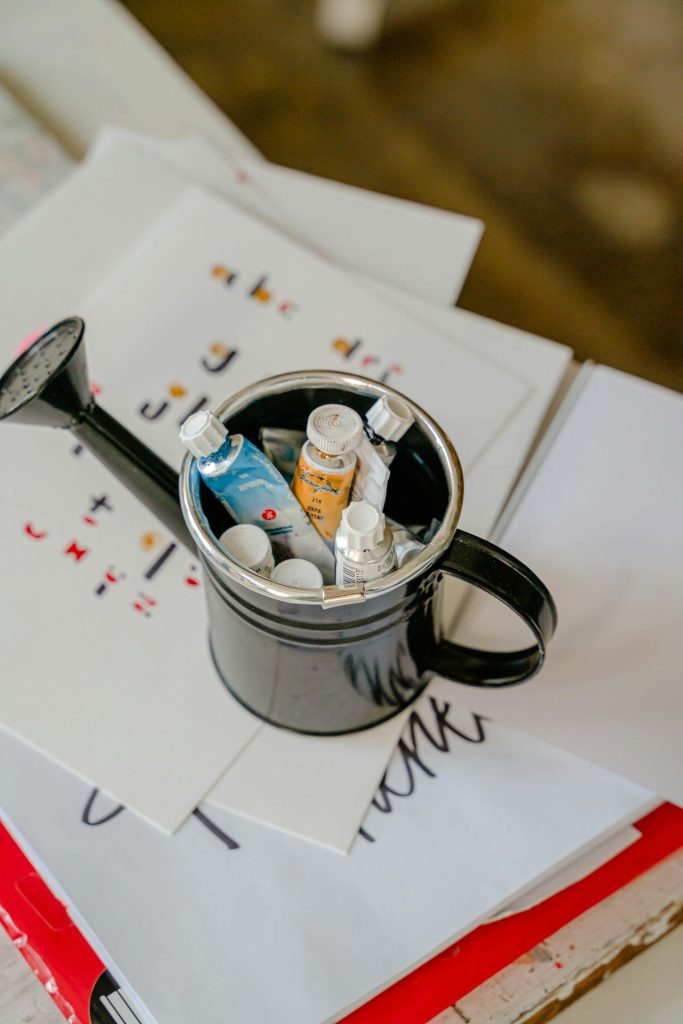Table of Contents
Painting Techniques for Tempera: An Exploration of an Ancient Medium
Tempera, one of the oldest and most enduring painting mediums, has a distinguished history that stretches back to antiquity. Used by artists such as Botticelli and Fra Angelico, tempera painting is characterized by its vibrant colors, meticulous detail, and extraordinary longevity. Unlike oil paints, which became more popular in the Renaissance, tempera relies on a fast-drying binder, typically egg yolk, mixed with pigment to create a luminous and precise effect. The unique properties of tempera require specific techniques to maximize its potential, blending meticulous preparation with careful application.

Photo by Pexels
The History and Characteristics of Tempera
Tempera’s use can be traced back to ancient civilizations, including Egypt, Greece, and Rome. During the Middle Ages and the early Renaissance, it became the predominant medium for panel painting in Europe before being eclipsed by oil painting. The defining characteristic of tempera is its binder—often egg yolk—which gives the paint its consistency and fast-drying quality. This creates a matte finish and allows for exceptional durability. However, tempera’s quick drying time also poses challenges for blending, necessitating techniques that rely on layering and cross-hatching for tonal variation.
Preparing the Surface: The Role of Gesso
The foundation of a tempera painting lies in the preparation of the surface. Artists traditionally use a wooden panel coated with a gesso ground. Gesso, a mixture of chalk, white pigment, and glue, creates a smooth, absorbent surface that adheres well to tempera paint. The preparation of the gesso ground involves multiple layers applied and sanded to achieve a flawless finish. This step is critical because the smoothness of the surface directly influences the clarity and sharpness of the painted details.
The Paint-Making Process
The creation of tempera paint is an integral part of the technique. Artists mix finely ground pigments with egg yolk and a small amount of water. The proportions are crucial; too much yolk makes the paint too glossy, while too little weakens its binding properties. Some artists add a few drops of vinegar to prevent the egg from spoiling, extending the paint’s usability.
Techniques for Applying Tempera
- Layering:
Tempera paint is translucent, which makes layering an essential technique. Artists apply thin, successive layers of paint to build depth and luminosity. Each layer dries rapidly, allowing the painter to work quickly while maintaining precision. - Cross-Hatching and Stippling:
To achieve gradients and tonal variations, artists often employ cross-hatching or stippling. These methods involve applying small, overlapping strokes or dots, which create the illusion of blended colors when viewed from a distance. - Detail Work:
The fine texture of tempera paint lends itself to intricate detail. Artists use fine brushes to achieve precise lines, which are ideal for rendering delicate features, patterns, and decorative elements. - Glazing:
While tempera cannot mimic the glossy, thick texture of oil glazes, it supports a type of glazing where diluted paint is applied in translucent layers. This enhances the color richness and adds subtle tonal variations.
Limitations and Adaptations
Tempera’s fast-drying nature limits its ability to blend colors directly on the surface, which distinguishes it from oil painting. Artists must adapt by pre-mixing colors or layering thin glazes to achieve desired hues and tones. Additionally, tempera is best suited for smaller, detailed works rather than large-scale paintings because of its meticulous application process.
Contemporary Revival and Innovation
In modern times, tempera has experienced a revival among artists who appreciate its durability and historical significance. Some artists experiment by combining traditional tempera techniques with modern materials, such as acrylic or synthetic binders, to overcome its limitations. This blending of old and new methods allows tempera to remain a relevant medium in the 21st century.
Conclusion
Tempera painting is a testament to the ingenuity and skill of artists across centuries. Its unique combination of vibrant colors, precision, and durability makes it a timeless medium, demanding both technical skill and artistic vision. While challenging to master, tempera offers unparalleled rewards, enabling artists to create works of enduring beauty. Through proper preparation, dedication to layering and detailing, and an appreciation of its historical roots, tempera painting continues to inspire and captivate artists and audiences alike.


No responses yet